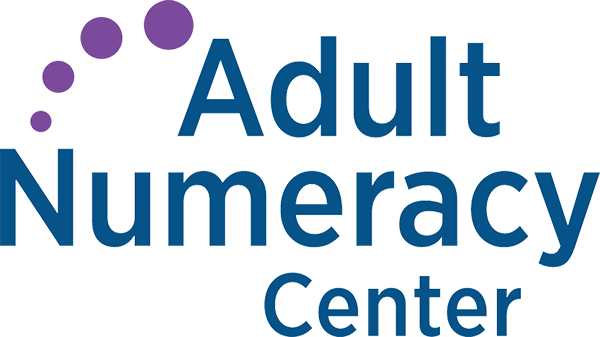Cats and the Variables of Life
by Donna Curry

I was given a dare: write a blog about cats and math. Since I love a dare, here I am!
I did some initial brainstorming about my own cat experiences and thought about how I used to have three cats, then wound up with five, and eventually went down to zero before picking up two shelter cats again. So, yes, we could do some counting of cats, adding and subtracting over the years. But for me, that’s not really “doing math”. That’s just performing basic computations.
Then I thought about all the cat food I buy every month. I could create an in-out table and then graph the result so I could see how much I’m spending on my two furry feline friends over a year, two years, etc. In fact, I could even derive a formula for how much I would spend over the cats’ lifetimes, based on the average amount of cat food I buy per month. Of course, that assumes that the cost of cat food doesn’t go up or that the cats don’t decide to eat more or less per month. But, I can at least get a sense of cost over time.
While that would be an interesting activity (for cat lovers like me, anyway), I realized that it wasn’t how I really believe math should be used. In fact, what I’m really talking about is numeracy, not math. Math is considered more “academic”; there is one right answer to a calculation (for example, 2 + 3 = 5). I think of math as being devoid of life variables that upset the “one right answer” concept. Numeracy is something different – it’s the practical application of math to actual life situations. Let’s look at a couple of examples of how numeracy and the variables of life play out:
I had three cat carriers that each hold two cats. Here’s the question: Did I have enough cat carriers to move my five cats from Massachusetts to Maine? Easy answer, right? No. Although two cats could fit into one carrier, some of my more ornery cats demanded their own space. The actual answer to this probIem was that I had to go out and buy another cat carrier; I needed four cat carriers for five cats. This is the difference between math (just doing calculations) and numeracy (looking for patterns and having to make real decisions based on what those calculations show plus other life variables).
Let’s move away from cats for a second and look at a couple of other numeracy examples, where the arithmetic is influenced by situations that could come up in real life.
We are are planning an outing at a summer camp. If each van holds 9 people, and we have 46 people planning to attend, how many vans do we need? A quick calculation will show that 46 ÷ 9 = 5.111. Hmmm…that doesn’t work. Maybe we could round that result to 5 and squeeze 10 campers into one van? Or, maybe one camper might decide to stay behind and take the basket-weaving class that day? The problem is that neither solution is ideal or feasible. We really need 6 vans.
Here’s another simple example that I remember being used (incorrectly) in some old math workbooks:
If you have 9 yards of material, and each dress requires 2 2/3 yards, how many dresses can you make?
No, the answer is not 3 3/8. Sure, it’s the result of 9 ÷ 2 2/3, but it’s a meaningless answer for deciding how many actual dresses can be made.
Adults encounter tricky math situations all the time (which may or may not involve ornery cats). Numerate adults are able to apply what they know about math and real life to arrive at practical solutions.

Donna Curry is a happily retired educator, curriculum developer, and professional development specialist with nearly 40 years of experience in adult education and a great love of cats. Her work has focused on math standards development at the national level (Equipped for the Future National Standards and Standards-in-Action projects) and at the state level. She has also worked on the National Science Foundation’s EMPower project and served as co-director for the NSF Teachers Investigating Adult Numeracy (TIAN) project. She co-developed and implemented the Adult Numeracy Initiative (ANI) project and Adults Reaching Algebra Readiness (AR)2. Donna is the former director of the Adult Numeracy Center at TERC and the SABES Mathematics and Adult Numeracy Curriculum & Instruction PD Center for Massachusetts.
